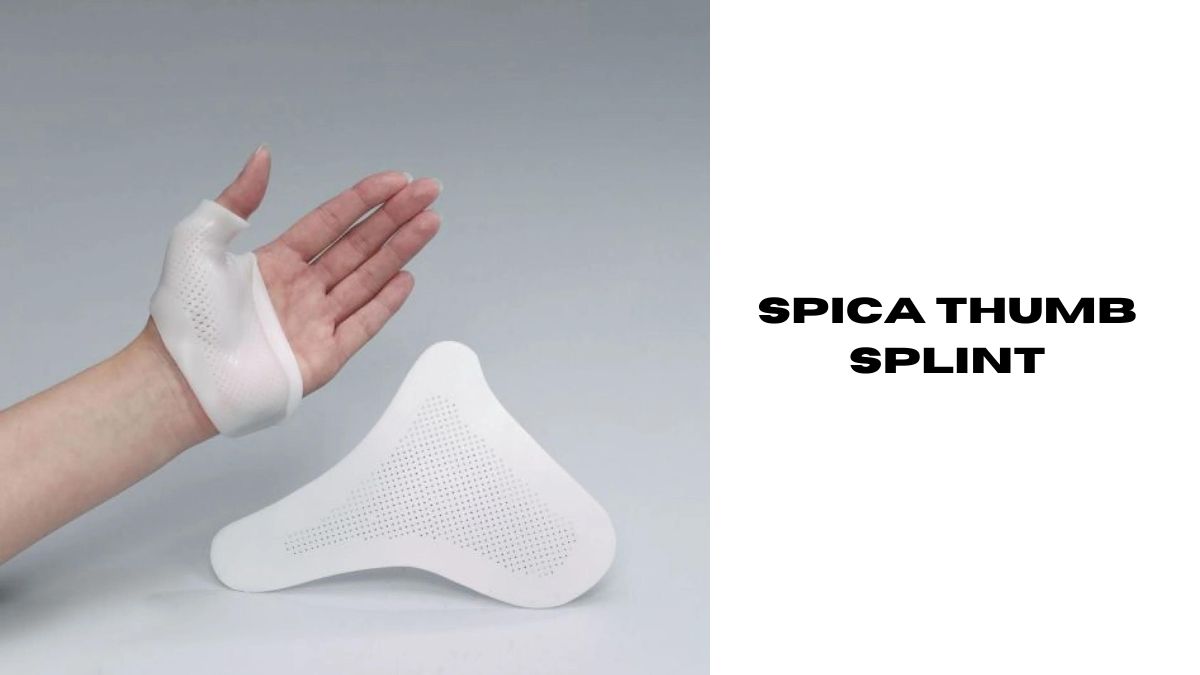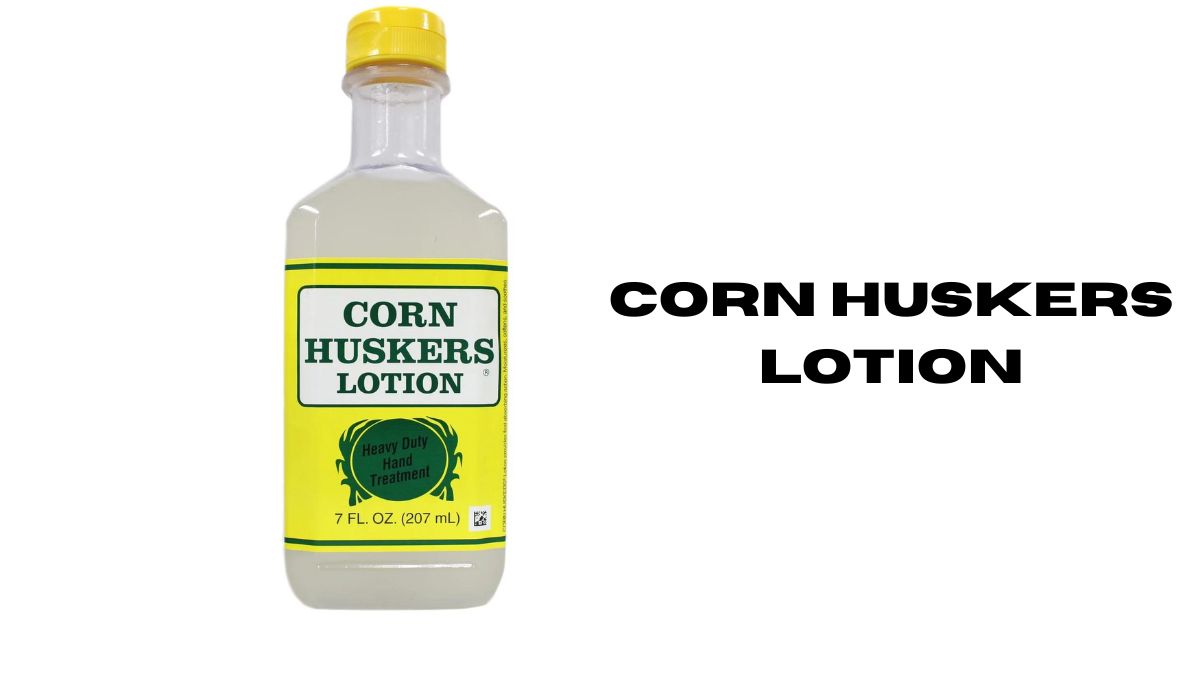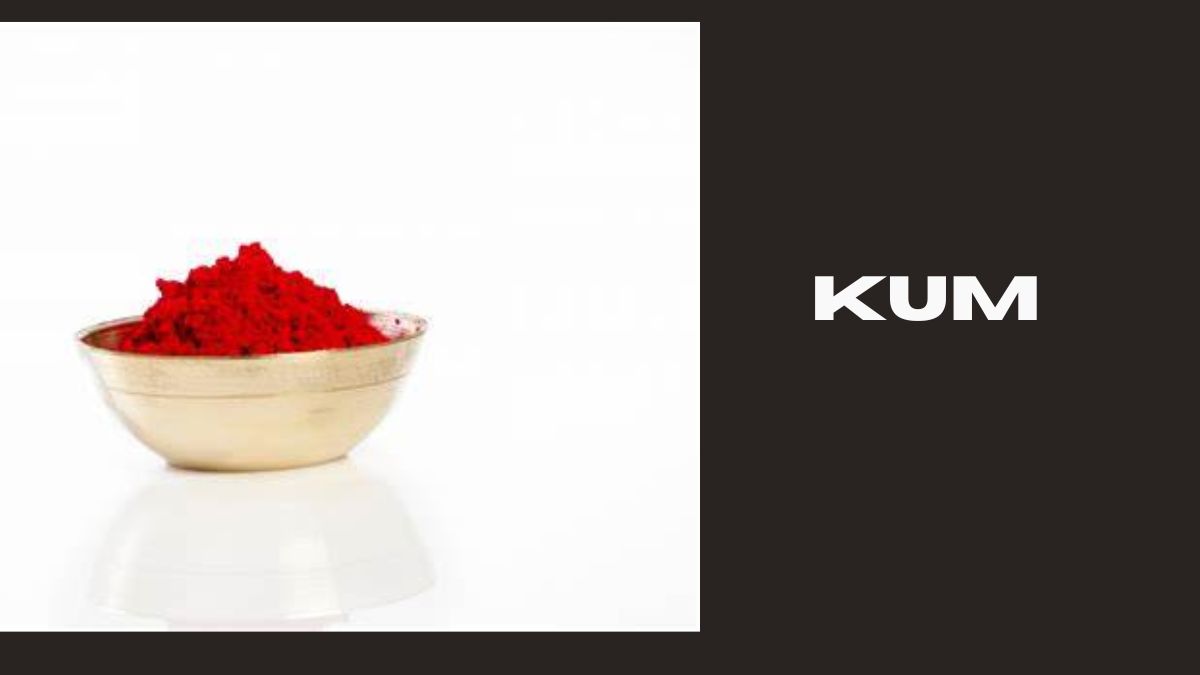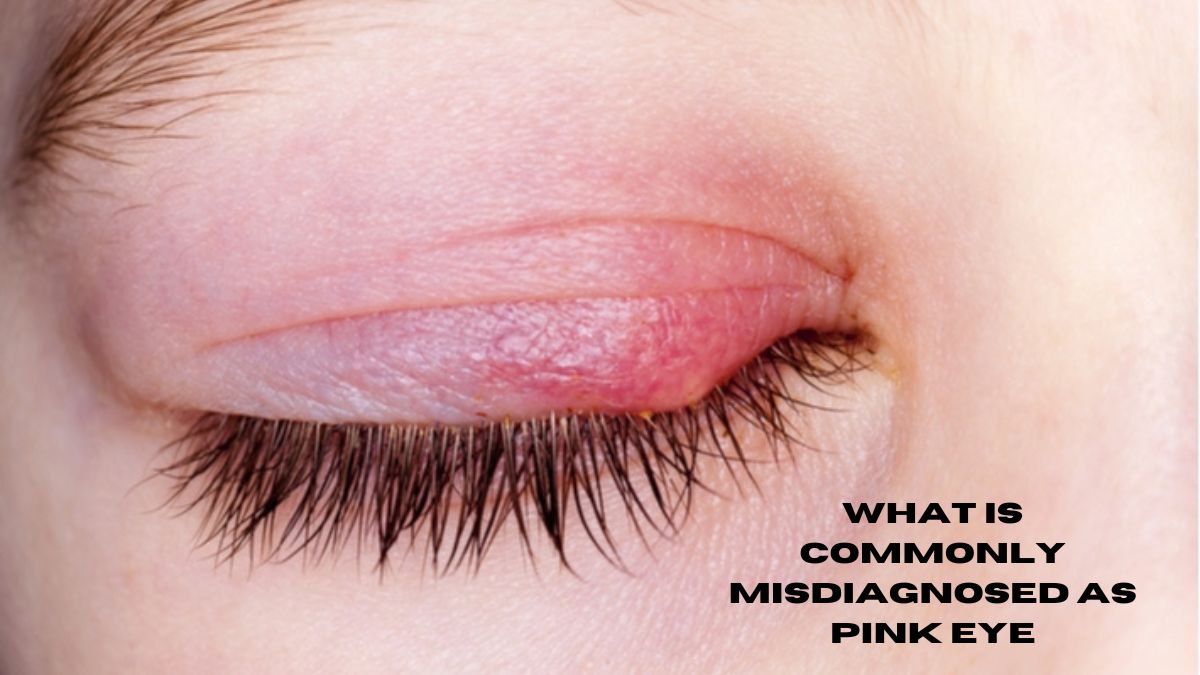Health
Spica Thumb Splint: A Comprehensive Guide to Support

In the realm of hand injuries, one often encounters the need for specialized support to aid in healing and recovery. Among the various devices available, the spica thumb splint stands out for its effectiveness in providing stability and comfort during the rehabilitation process.
Types of Thumb Injuries
Thumb injuries can range from mild sprains to severe fractures, often resulting from accidents, sports-related incidents, or repetitive strain. Understanding the nature of the injury is crucial in determining the appropriate treatment and support.
Functionality of Spica Thumb Splints
A spica thumb splint is designed to immobilize the thumb joint while allowing for limited movement of the fingers. This immobilization serves to reduce pain and inflammation, promoting the healing process.
Benefits of Using a Spica Thumb Splint
The benefits of wearing a spica thumb splint are manifold. Not only does it alleviate pain and discomfort, but it also prevents further injury by providing a secure and stable environment for the thumb to heal.
How to Choose the Right Spica Thumb Splint
Selecting the right spica thumb splint involves considerations such as size, fit, and material. It is essential to choose a splint that provides adequate support without compromising on comfort.
Instructions for Wearing a Spica Thumb Splint
Proper positioning of the spica thumb splints is crucial for its effectiveness. Ensuring that it is snug but not overly tight allows for optimal support while minimizing discomfort.
Treatment and Rehabilitation with Spica Thumb Splints
Incorporating spica thumb splints into the treatment and rehabilitation process can significantly expedite recovery. Combined with physical therapy exercises, they aid in restoring strength and functionality to the thumb.
Common Conditions Treated with Spica Thumb Splints
Spica thumb splints are particularly beneficial in addressing conditions such as De Quervain’s tenosynovitis and thumb arthritis. By providing support and immobilization, they alleviate symptoms and facilitate healing.
Comparison with Other Thumb Support Devices
While spica thumb splints offer unique benefits, it is essential to consider alternative options such as thumb braces and wraps. Each device has its advantages and limitations, and the choice depends on individual needs and preferences.
Tips for Care and Maintenance
To prolong the lifespan of a spica thumb splints, proper care and maintenance are essential. Regular cleaning and proper storage ensure hygienic conditions and optimal functionality.
Potential Drawbacks and Limitations
Despite their effectiveness, spica thumb splints may pose certain challenges, such as discomfort during extended wear and limitations in hand movement. However, these drawbacks are often outweighed by the benefits they offer in terms of support and healing.
User Experiences and Testimonials
Many individuals have found relief and comfort through the use of spica thumb splints. Personal accounts and testimonials attest to their efficacy in alleviating pain and promoting recovery.
Conclusion
A spica thumbs splint is a valuable tool in the treatment and rehabilitation of thumb injuries. By providing support, stability, and comfort, it facilitates healing and restores functionality to the affected hand.
Health
An Ultimate Guide to Corn Huskers Lotion

Corn Huskers Lotion is a renowned skincare product cherished for its exceptional moisturizing properties. Developed over a century ago, this lotion has stood the test of time, becoming a household name in skincare routines worldwide.
What is Corn Huskers Lotion?
Corn Huskers Lotion is a unique moisturizer designed to relieve dry, rough skin. Its lightweight formula penetrates deep into the skin, leaving it soft and smooth without a greasy residue.
Origins and History
Initially created for farmers to soothe their hands after a day’s work in the cornfields, Corn Huskers Lotion has evolved into a beloved skincare staple for people of all walks of life.
Benefits of Corn Huskers Lotion
- Intense hydration
- Quick absorption
- Non-greasy formula
- Versatile use on various body parts
Ingredients of Corn Huskers Lotion
Glycerin
Glycerin acts as a humectant, attracting moisture to the skin and locking it in, thus preventing dryness and dehydration.
Water
Water serves as a solvent for other ingredients and aids in the hydration process.
Sodium Borate
Sodium Borate, also known as borax, functions as a buffering agent and a mild antiseptic.
Fragrance
Corn Huskers Lotion features a subtle fragrance that enhances the overall sensory experience without overpowering.
Other Ingredients
Additional ingredients may include mineral oil and parabens, among others, to preserve the product and enhance its efficacy.
How to Use Corn Husker Lotion
Applying Corn Husker Lotion
Simply dispense a small amount of lotion onto your hands and massage it into the skin until fully absorbed. Repeat as needed throughout the day.
Frequency of Use
For optimal results, use Corn Husker Lotion daily, especially after washing your hands or taking a shower.
Tips for Maximum Effectiveness
- Apply generously to areas prone to dryness, such as elbows, knees, and heels.
- Use before bedtime to wake up with soft, supple skin.
Comparing Corn Husker Lotion with Other Moisturizers
Moisturizing Properties
Corn Husker Lotion boasts superior moisturizing properties compared to many other moisturizers on the market, making it ideal for combating severe dryness.
Texture and Absorption
Its lightweight, non-greasy formula sets it apart from thicker, heavier creams, allowing for quick absorption without leaving a residue.
Price Point
Corn Husker Lotion offers exceptional value for its effectiveness, often costing less than premium skincare brands while delivering comparable results.
Who Should Use Corn Husker Lotion?
Target Audience
Corn Husker Lotion caters to individuals seeking relief from dry, rough skin, regardless of age or gender.
Skin Types
While suitable for most skin types, those with excessively oily or acne-prone skin may find the lotion too rich for their needs.
Potential Side Effects and Precautions
Allergic Reactions
Some individuals may experience allergic reactions to certain ingredients in Corn Husker Lotion. It is advisable to perform a patch test before widespread use.
Precautions for Sensitive Skin
Individuals with sensitive skin should exercise caution when using Corn Husker Lotion, as certain ingredients may cause irritation or redness.
Health
Kum: The Unsung Hero of Nutritious Fruits

Kum, a lesser-known fruit with immense nutritional value, holds a significant place in various cultures around the world. Despite its obscurity, kum has been cultivated for centuries and continues to be cherished for its health benefits and culinary versatility.
Introduction to Kums
Kums, scientifically known as Citrus japonica, is a small citrus fruit native to East Asia. It is also referred to as kumquat or cumquat. The name “kumquat” is derived from the Cantonese words “gam” (golden) and “gwat” (orange). This petite fruit packs a punch of flavor and nutrients, making it a valuable addition to any diet.
Geographical Distribution
Kums trees thrive in temperate and subtropical regions, particularly in China, Japan, and Southeast Asia. They prefer well-drained, sandy soil and plenty of sunlight to flourish. However, with the right care, kum trees can also be grown in other parts of the world.
Cultivation of Kums
Cultivating kum requires attention to detail, from selecting the right location to nurturing young trees. Kum trees can be propagated from seeds or cuttings, with the latter being more common for commercial cultivation. Once planted, they require regular watering and fertilization to promote healthy growth.
Harvesting Kum
Kum fruits typically ripen in late fall or early winter, depending on the climate. Signs of ripeness include vibrant orange color and a slight softness when gently squeezed. Harvesting kums is usually done by hand, ensuring that only fully ripe fruits are picked to maximize flavor and quality.
Nutritional Benefits of Kums
Despite their small size, kumquats are packed with essential nutrients such as vitamin C, fiber, and antioxidants. Consuming kum regularly can boost immunity, aid digestion, and promote overall health.
Culinary Uses of Kum
Kumquats can be enjoyed in various ways, from eating them fresh to incorporating them into savory and sweet dishes. They add a tangy flavor and a pop of color to salads, sauces, and desserts, making them a favorite among chefs and home cooks alike.
Kums in Traditional Medicine
In traditional Chinese medicine, kum is believed to have medicinal properties and is used to treat ailments such as coughs, sore throats, and indigestion. Modern research has also shown promising results regarding the potential health benefits of kum, including its anti-inflammatory and antioxidant properties.
Kum in Popular Culture
Kum has often been used as a symbol of prosperity and good fortune in literature and art. Its bright color and unique flavor make it a popular motif in traditional Chinese New Year decorations and festivities.
Economic Importance of Kums
While kums is not as widely cultivated as other citrus fruits, its economic importance cannot be overlooked. In regions where it is grown commercially, kum cultivation provides employment opportunities and contributes to the local economy through exports and trade.
Environmental Impact
Like all agricultural practices, kums cultivation can have both positive and negative effects on the environment. Implementing sustainable farming practices such as organic farming and water conservation can help minimize the environmental impact of kum cultivation and ensure its long-term viability.
Challenges and Future Prospects
Despite its many benefits, kums cultivation faces challenges such as pests, diseases, and climate change. However, ongoing research and development efforts aim to address these issues and ensure the continued growth and prosperity of the kum industry.
Conclusion
Kums is a remarkable fruit with a rich history and a promising future. Its nutritional benefits, culinary versatility, and cultural significance make it a valuable addition to any diet and an essential part of our agricultural heritage.
Health
What is Commonly Misdiagnosed as Pink Eye?

Pink eye, also known as conjunctivitis, is “What is Commonly Misdiagnosed as Pink Eye” characterized by inflammation of the conjunctiva, the thin layer that covers the white part of the eye and lines the inner surface of the eyelid. While pink eye is often straightforward to diagnose. There are several other conditions that share similar symptoms, leading to misdiagnosis and improper treatment.
Understanding Pink Eye
Pink eye can be caused by various factors, including viruses, bacteria, allergens, and irritants. The symptoms typically include redness, itching, tearing, and discharge from the eye. In some cases, pink eye may also cause blurred vision and light sensitivity.
Common Misdiagnoses
- Allergies: Allergic conjunctivitis can mimic the symptoms of pink eye, with redness, itching, and tearing being prominent. However, the underlying cause is different, as allergic reactions stem from exposure to allergens such as pollen, pet dander, or dust mites.
- Bacterial Infection: Bacterial conjunctivitis shares many symptoms with pink eye, including redness and discharge from the eye. However, bacterial infections are often characterized by thicker, yellow or green discharge, whereas viral conjunctivitis tends to produce a more watery discharge.
- Viral Infection: Viral conjunctivitis, commonly referred to as “pink eye,” is often mistaken for bacterial conjunctivitis due to similar symptoms. However, viral infections are typically associated with a clear, watery discharge and may be accompanied by symptoms of a cold or upper respiratory infection.
- Contact Lens Irritation: Individuals who wear contact lenses may experience irritation or redness in the eyes, which can be mistaken for pink eye. Contact lens-related irritation can result from improper lens care, overuse, or sensitivity to lens materials.
Distinguishing Pink Eye from Misdiagnoses
Accurate diagnosis is essential for appropriate treatment. Healthcare providers may perform various tests to differentiate between pink eye and other conditions:
- Allergy Tests: Allergy testing can help identify specific allergens triggering allergic conjunctivitis.
- Bacterial Culture: A bacterial culture may be performed on eye discharge to determine if bacterial infection is present.
- Viral Testing: Polymerase chain reaction (PCR) tests can detect viral pathogens responsible for viral conjunctivitis.
- Eye Examination: A comprehensive eye examination, including visual acuity testing and examination of the conjunctiva, can aid in diagnosis.
Treatment for Pink Eye and Misdiagnoses
Treatment for pink eye depends on the underlying cause:
- Pink Eye Treatment: Treatment may include topical antibiotics for bacterial conjunctivitis, antiviral medications for viral conjunctivitis, or antihistamines for allergic conjunctivitis.
- Misdiagnosis Treatments: Misdiagnosed conditions such as allergies or contact lens irritation may require specific treatments. Including allergy medications, eye drops, or adjustments to contact lens wear.
Prevention
Practicing good hygiene and avoiding allergens can help prevent pink eye and misdiagnosed conditions:
- Hygiene Practices: Wash hands frequently, avoid touching the eyes, and disinfect shared items such as towels and pillows.
- Avoiding Allergens: Minimize exposure to known allergens by keeping windows closed during high pollen seasons, using air purifiers, and avoiding contact with pets if allergic.
Conclusion
While pink eye is a common eye condition, it is essential to consider other potential causes of similar symptoms to avoid misdiagnosis and ensure appropriate treatment. By understanding the differences between pink eye and other conditions. Healthcare providers can make accurate diagnoses and provide effective treatment options.
-

 Technology9 months ago
Technology9 months agoWhat is a Network Termination Unit (NTU)?
-

 General8 months ago
General8 months agoIntroduction to the Concept of a Favorite Daughter
-

 Travel9 months ago
Travel9 months agoExploring the Wonders of myfavouriteplaces.org:// blog
-

 Technology6 months ago
Technology6 months ago.vid Format: Maximizing Video Content Impact
-

 Technology9 months ago
Technology9 months agoInstagram Stories No Sound: Unveiling the Silence Dilemma
-

 Celebrity9 months ago
Celebrity9 months agoMatthew Mcconaughey Net Worth
-

 News7 months ago
News7 months agoNokia Lumia 1320 now available from Cricket Wireless for $229 after rebate
-

 Technology6 months ago
Technology6 months agoAmazon GPT-55X: Revolutionizing AI-Powered Solutions
